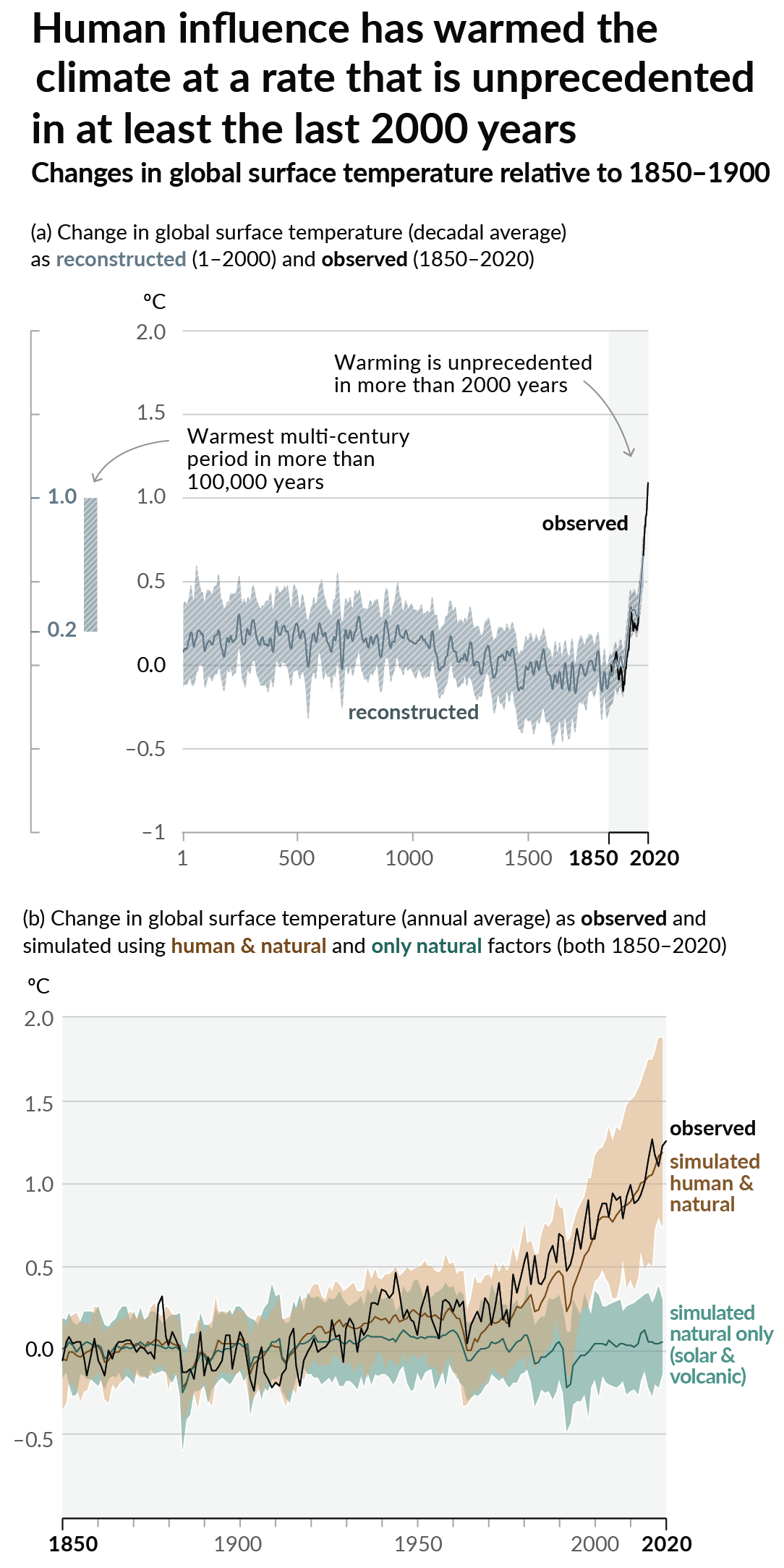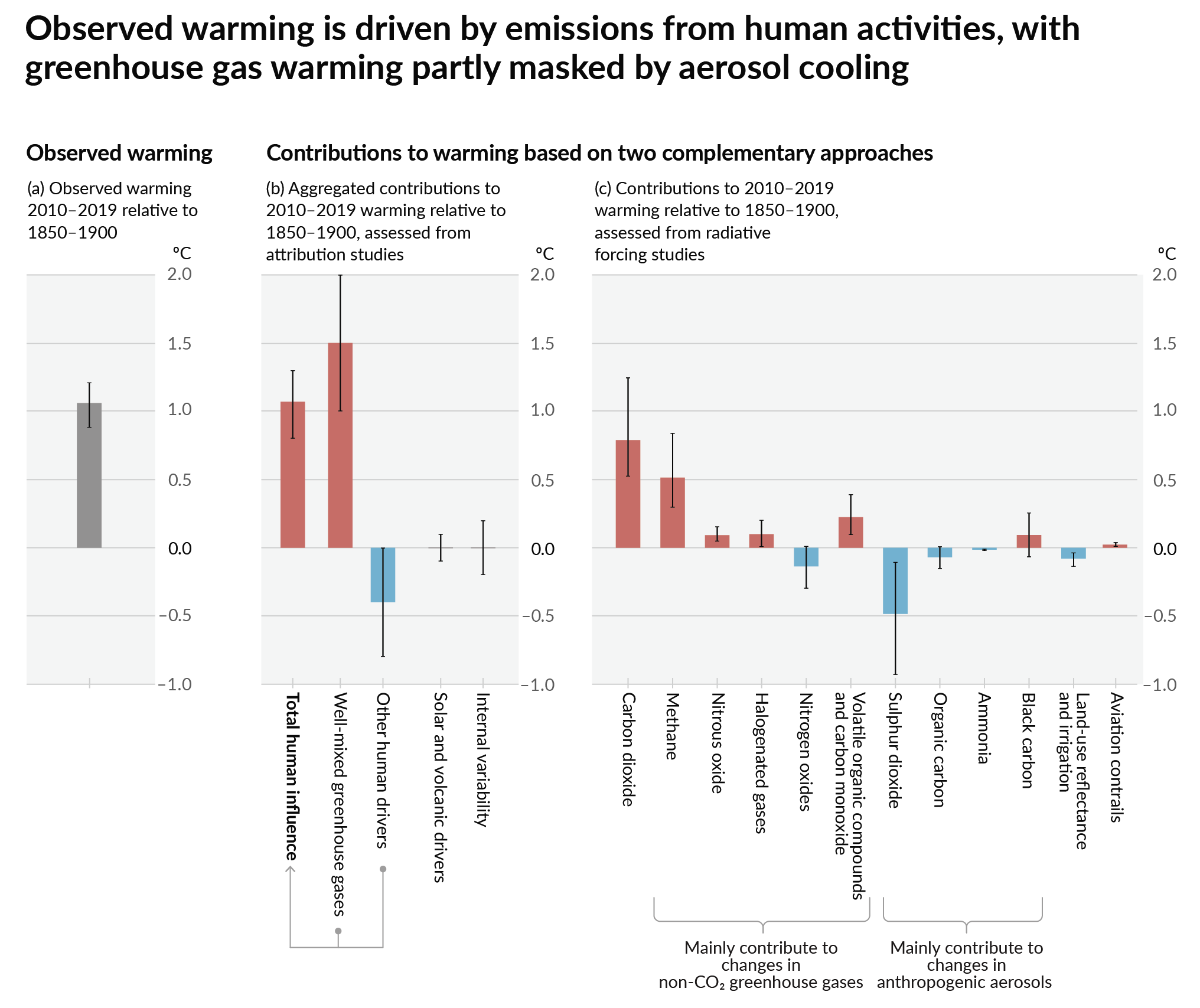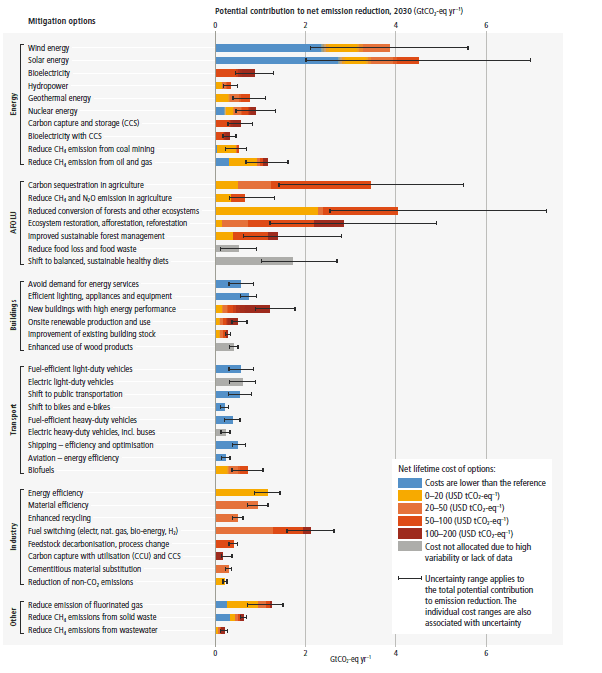this post was submitted on 20 Dec 2023
95 points (89.9% liked)
Climate - truthful information about climate, related activism and politics.
5618 readers
567 users here now
Discussion of climate, how it is changing, activism around that, the politics, and the energy systems change we need in order to stabilize things.
As a starting point, the burning of fossil fuels, and to a lesser extent deforestation and release of methane are responsible for the warming in recent decades:

How much each change to the atmosphere has warmed the world:

Recommended actions to cut greenhouse gas emissions in the near future:

Anti-science, inactivism, and unsupported conspiracy theories are not ok here.
founded 2 years ago
MODERATORS
you are viewing a single comment's thread
view the rest of the comments
view the rest of the comments
I get where you are coming from, but the percentage of people that are going to bike to work is already very small, if you add things like rain/snow/heat that number I'm guessing drops to basically zero. We need alternative transportation for those that cannot bike/walk to work everyday.
Nah, that's a myth. Places like the Netherlands prove that if you build the infrastructure, people will ride, even despite their shitty weather.
So I did some crude Googling and it looked like most of the Netherlands averaged 7-12 inches of snow each winter, where in WNY we can get more than that in a single storm. Covered bike tunnels all over a city might get you to and from someplace in the snow, but you can't make them door-to-door for everyone. And some people are just not going to be fit enough, or healthy enough, or just want to lug a bike through a 2 foot snow bank to get to a bike tunnel to ride to work and then park their bike in a snow bank and hope they can get it back out 8+hrs later.
Okay, now do some crude Googling about how much snow Oulo, Finland gets.
Looks like the highest monthly average is January with just over 8 inches. How does this change anything I said?
Edit Contrast this with Buffalo, NY that has a seasonal average of 104 inches over the last 10 years.
Edit #2 Just read this piece from a couple years ago. My main take away is that it is still a small percentage of bikers overall still, but they are working on it (which is good!). It also specifically states that the city was designed around biking being a bigger priority than cars, which is how all the debating in this post started. I think we all agree this is what is needed before we are going to push any majority away from cars, as without the infrastructure and making it a viable alternative we are never going to get there in the US at least.
What do you think the initial capital cost of a semi sheltered bike path is compared to a road? What about operational expenses between the two?
The reality is we could very easily have sheltered bike paths and would likely save substantial money compared to maintaining and salting roads all the time.